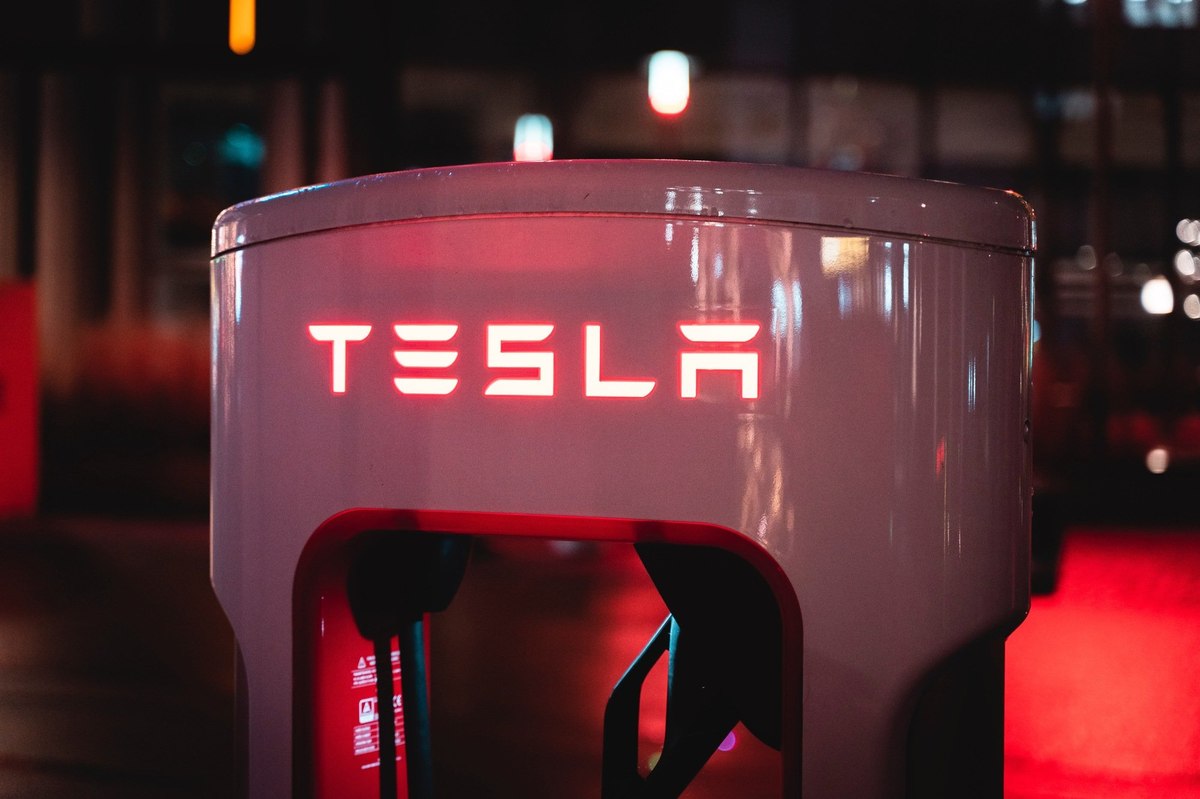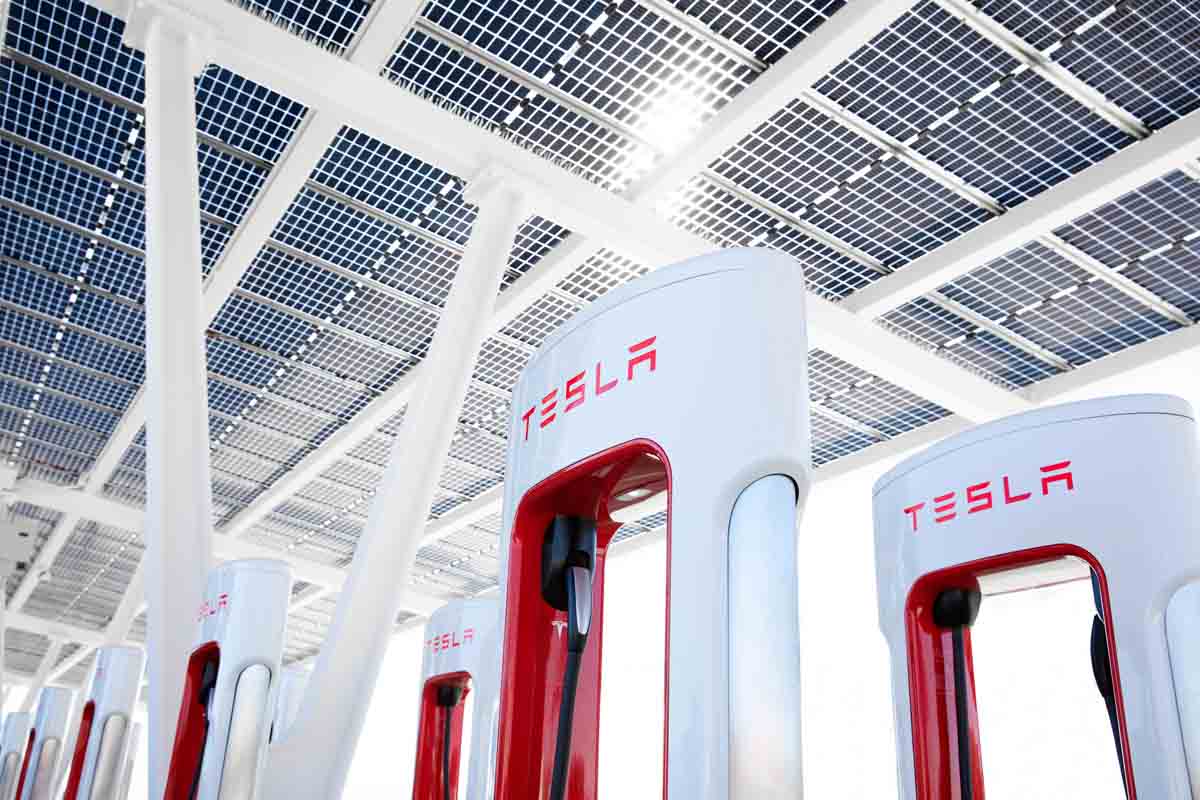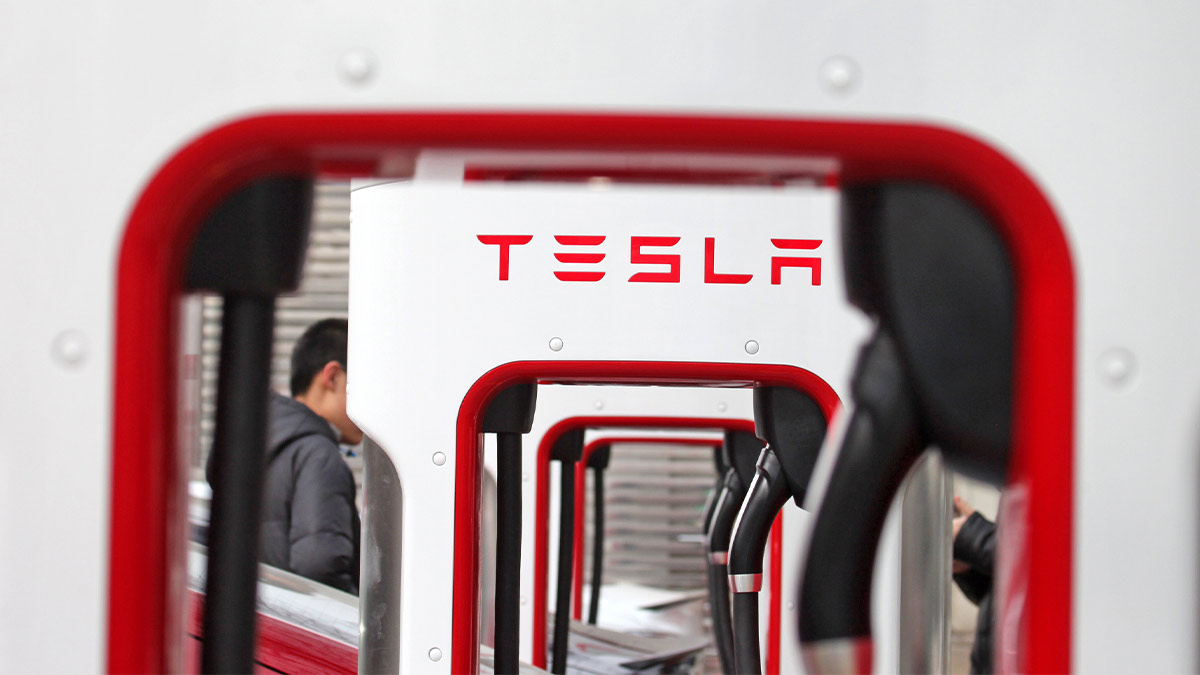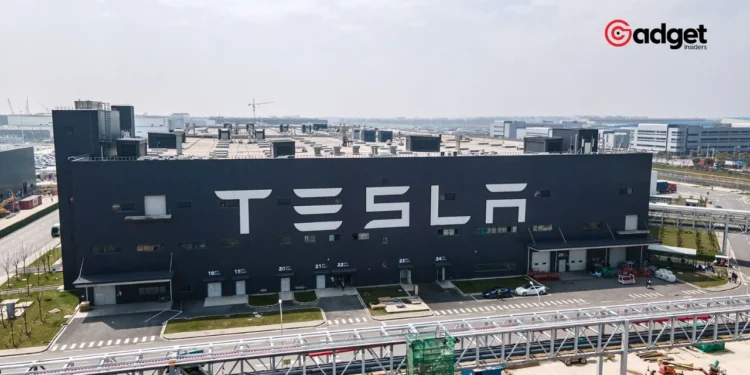In a bold move that underscores the dynamism of the electric vehicle (EV) industry, Elon Musk, CEO of Tesla, announced a significant operational change concerning its Supercharger network. Despite the disbandment of Tesla’s dedicated Supercharger team, the company aims to not only maintain but enhance the network’s efficiency and accessibility.

Understanding Tesla’s New Strategy for Its Supercharger Network
Elon Musk recently took to X, his social media platform, to explain the rationale behind the surprising decision to disband Tesla’s Supercharger team. The announcement followed the news of Tesla laying off key members of the Supercharger team, as part of a broader effort to reduce its workforce by approximately 10%.
Despite these changes, Elon Musk reassured users and investors alike that Tesla remains committed to expanding the Supercharger network, albeit at a more measured pace.
Elon Musk emphasized the company’s new focus on achieving “100% uptime and expansion of existing locations.” This shift indicates a strategic pivot towards enhancing the reliability and user experience at current stations, which is critical as the network prepares to accommodate a broader range of electric vehicles.

Expanding Access: Tesla Opens Supercharger Network to Other Automakers
In a move to democratize electric vehicle charging infrastructure, Elon Musk’s Tesla has opened its Supercharger network to several other automakers. Notable companies such as Rivian and Ford, along with over ten other major car manufacturers, will now have access to Supercharging facilities across North America.
This expansion is part of Elon Musk’s strategy to set a universal standard for EV charging, evidenced by the widespread adoption of the North American Charging Standard (NACS) connector, which several automakers have agreed to install in their vehicles starting in 2025.
Elon Musk explains reasoning behind #Tesla #Supercharger team disbandhttps://t.co/xggMRoDaKC pic.twitter.com/QY7sCHxZOT
— TheTeslaLife (@TheTeslaLife) May 1, 2024
In light of the timing of the employment decrease and the slowing pace of new Supercharger installations, this inclusive approach would appear to be in conflict with both of these factors. On the other hand, it demonstrates a deliberate move toward sustainability and mass adoption of electric vehicles, with the goal of ensuring that the existing infrastructure functions at its highest possible efficiency before any future growth.
Community Response to Elon Musk’s Strategy and the Road Ahead
The decision to streamline operations and slow down the expansion has not gone unnoticed by Tesla enthusiasts and the EV community at large. Some Tesla fans on Elon Musk’s X have expressed concerns about the reduced pace of expansion, particularly in states like Hawaii and Alaska, where Supercharger options are limited.
This sentiment is also echoed by rural EV drivers who face long distances to reach the nearest charging station.

Despite these concerns, the overarching strategy of improving service reliability and expanding access within the existing network could ultimately ease the user experience, making EVs more appealing and practical for a broader audience.
As Tesla continues to navigate the complexities of the EV market, the focus on maintaining a robust and efficient Supercharger network is more crucial than ever, ensuring that all EV drivers have reliable access to fast charging services, regardless of their location.
As we move forward, it will be essential to monitor how these changes affect the accessibility of EV charging infrastructure and how Tesla balances community needs with strategic business objectives.
With a commitment to innovation and sustainability, Tesla’s adjustments to the Supercharger network may well set a new standard in the EV industry, promoting broader adoption and supporting the transition to renewable energy sources.










